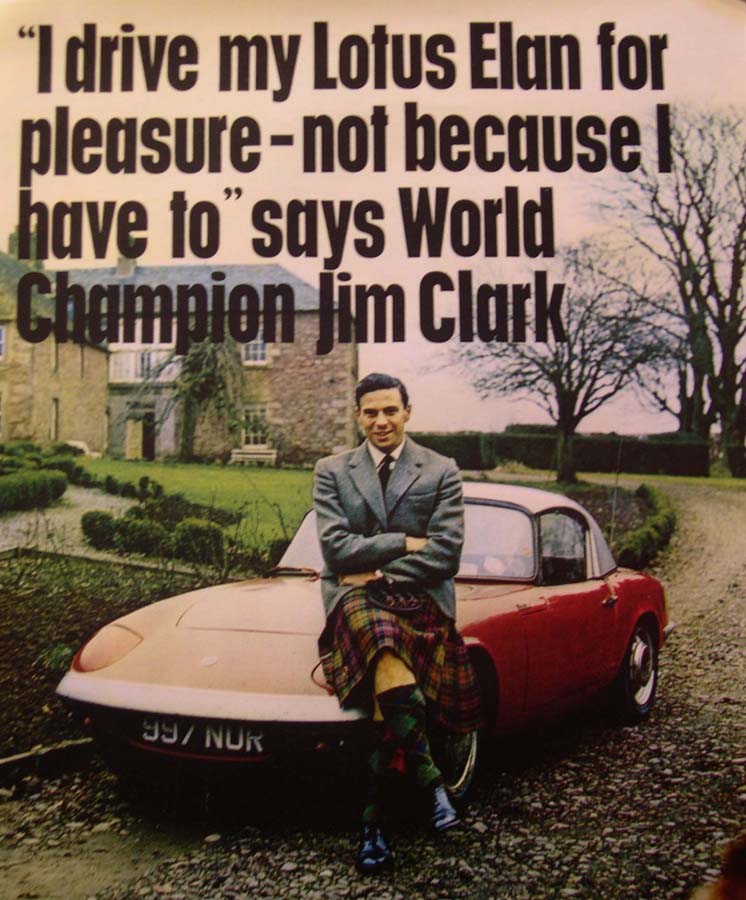The Lotus Elan is a true sports car. A sports car is about being light, having finesse, and a focus on handling rather than speed. A true sports car is about the driver to feel like he is in control of what is going on. This is a Lotus Elan.
History
The Lotus Elan was introduced in 1962 at The Lotus Elan was the first Lotus road car to use a steel backbone chassis with a fibreglass body. At 1,500 lb (680 kg), the Elan embodied the Colin Chapman minimum weight design philosophy. Initial versions of the Elan were also available as a kit to be assembled by the customer. The Elan was technologically advanced with a twin-cam 1558 cc engine, 4-wheel disc brakes, and 4-wheel independent suspension. The Lotus-Ford Twin Cam engine was based on Ford’s Pre-Cross-flow 4-cylinder 1500 cc engine, with a Lotus-inspired Cosworth alloy twin-cam head.
The Lotus Elan’s rarity, beautiful lines, impressive performance and practicality are the main factors for the rising interest on these cars among collectors.
The Lotus Elan ceased production in 1973.
In 2004, Sports Car International named the Elan number six on the list of Top Sports Cars of the 1960s.
The Lotus Elan is commonly credited as being the design inspiration for the highly successful Mazda MX-5. Two Lotus Elans were intimately evaluated by Mazda in the process of designing the MX-5.
Each version of the Lotus Elan brought unique advancements while staying true to Lotus’s core philosophy: lightness, agility, and driver-focused performance. Whether for road or track, the Elan remains one of the most beloved sports cars of its era.
Design Evolution
| Model | Years | Body Style | Engine Power | Performance (0-60mph) | Focus |
|---|---|---|---|---|---|
| S1 (Type 26) | 1962-1964 | DHC | ~105 hp | ~7.5 sec | Purity and Innovation |
| S2 (Type 26) | 1964-1966 | DHC (+ Hardtop opt) | ~105 hp | ~7.5 sec | Improved refinement. |
| S3 (Type 36/45) | 1965-1968 | FHC/DHC | ~105-115 hp | ~7 sec | Comfort and versatility. |
| S4 (Type 36/45) | 1968-1971 | FHC/DHC | ~115 hp | ~7 sec | Modernized styling. |
| Sprint (Type 36/45) | 1971-1973 | FHC/DHC | 126 hp | ~6.5 sec | High-performance pinnacle. |
| 26R | 1963-1965 | Racing variant | ~150+ hp | N/A (Track-focused) | Racing dominance. |
Series 1 (1962-1964)
Chassis Code: Type 26.
Overview: The original Elan, introduced in 1962, was a lightweight, nimble roadster that established Lotus’s reputation for engineering innovation and driving dynamics.
Key Features:
- Fiberglass body on a steel backbone chassis.
- 1.6L twin-cam inline-4 engine producing ~105 hp.
- Disc brakes at the front, drum brakes at the rear.
- Pure, minimalist design.
Performance: 0-60 mph in ~7.5 seconds, with excellent handling due to its lightweight (~1,500 lbs or 680 kg).
Series 2 (1964-1966)
Chassis Code: Type 26.
Overview: A refinement of the S1, the S2 addressed build quality and usability concerns while retaining the S1’s lightweight character.
Key Features:
- Improved trim and build quality.
- Revised taillights (borrowed from the Triumph TR6).
- Optional removable hardtop.
- Full disc brakes in later models.
Special Variants: SE (Special Equipment) package, offering more power and additional features.
Significance: More user-friendly but retained the sporty DNA of the S1.
Series 3 (1966-1968)
Chassis Codes: Type 36 (Fixed-Head Coupe), Type 45 (Drophead Coupe).
Overview: The S3 introduced more comfort and refinement to make the Elan appeal to a broader market.
Key Features:
- Available as a Fixed-Head Coupe (Type 36) and Drophead Coupe (Type 45).
- More comfortable interior with improved sound insulation.
- Revised electrical systems and better quality control.
- Similar engine (1.6L twin-cam) with ~105-115 hp depending on configuration.
Performance: Still agile and lightweight, with added versatility in the coupe version.
Series 4 (1968-1971)
Chassis Codes: Type 36 (FHC), Type 45 (DHC).
Overview: The S4 was the last major evolution of the Elan before the Sprint. It focused on improving usability and styling.
Key Features:
- Wider fenders and revised body shape for modernized aesthetics.
- Redesigned dashboard and upgraded interior.
- Enlarged wheels and tires for better grip and handling.
- Still offered as a coupe (Type 36) or convertible (Type 45).
Special Variants: SE model with a more powerful engine and additional luxury features.
Significance: Improved build quality and practicality, making it a favorite among buyers seeking a road car.
Sprint (1971-1973)
Chassis Codes: Type 36 (FHC), Type 45 (DHC).
Overview: The Sprint was the ultimate version of the road-going Elan, introduced as a high-performance swan song for the model.
Key Features:
- Big-Valve Engine: The 1.6L twin-cam engine was upgraded to produce 126 hp, significantly improving performance.
- Two-tone paint schemes became iconic.
- Available as both a Fixed-Head Coupe (FHC) and Drophead Coupe (DHC).
- SE trim offered additional luxury.
Performance: 0-60 mph in ~6.5 seconds, making it one of the fastest Elans.
Legacy: Revered as the ultimate expression of the Elan’s capabilities
26R
Chassis Code: Type 26.
Overview: The Type 26R was a purpose-built racing version of the Elan S1 and S2, designed to compete in motorsports and dominate in its class.
Key Features:
- Significantly lighter than road-going Elans (~1,200 lbs or 540 kg).
- Reinforced chassis and body for racing durability.
- 1.6L twin-cam engine tuned to produce up to 150+ hp.
- Wider wheels, upgraded suspension, and better brakes.
- Optional aerodynamic modifications, such as flared fenders and vented hoods.
Performance: Exceptional handling and power-to-weight ratio made it highly successful in racing.
Legacy: Dominated GT racing in its class and remains a legend in vintage motorsport circles
Special Models
Shapecraft
IWR Elan Coupe
Hexagon Estate Sprint
Awards
In 2004, Sports Car International named the Elan number six on the list of Top Sports Cars of the 1960s.
Production
| Date | Type 26 | Type 36 | Type 45 | Types 36 & 45 | Comments |
|---|---|---|---|---|---|
| January 1963 | 26/0001 | Elan 1500 Introduced | |||
| May 1963 | 26/0023 | Elan 1600 or S1 Introduced. | |||
| May 1963 | 26/0026 | Hardtop is optional | |||
| January 1964 | 26/0330 | ||||
| November 1964 | 26/3900 | S1 final chassis number | |||
| 26/3901 | S2 Introduced | ||||
| January 1965 | 26/4325 | ||||
| September 1965 | 36/4510 | S3 FHC (Coupe) Introduced | |||
| January 1966 | 26/5207 | 36/5201 | |||
| 26/5282 | S2 SE Introduced | ||||
| June 1966 | 26/5798 | S2 SE final chassis number | |||
| 26/5810 | S2 DHC final chassis number | ||||
| 45/5701 | S3 DHC SE Introduced | ||||
| 45/5702 | S3 DHC Introduced | ||||
| July 1966 | 36/5977 | S3 FHC SE Introduced | |||
| January 1967 | 36/6679 | 45/6678 | Non-SE Models | ||
| 36/6680 | 45/6683 | SE Models | |||
| August 1967 | 36/7327 | 45/7328 | Non-SE Models | ||
| 36/7331 | 45/7329 | SE Models | |||
| March 1968 | 36/7896 | 45/7895 | S4 Models Introduced | ||
| December 1969 | 36/9824 | 45/9823 | |||
| January 1970 | 70.xx.yy.0001z | xx – Month of Production yy – Batch Number z – Car Type Identity: A – S4 FHC UK Market B – S4 FHC Export C – S4 DHC UK Market D – S4 DHC Export E – S4 SE FHC UK Market F – S4 SE FHC Export G – S4 SE DHC UK Market H – S4 SE DHC Export J – S4 FHC Federal (USA) K – S4 DHC Federal (USA) | |||
| January 1971 | 71.xx.0001z | See January 1970 explanation | |||
| February 1971 | 71.02 | Sprint Introduced | |||
| January 1972 | 72.xx.0001z | See January 1970 explanation | |||
| August 1973 | 73.08…… | Sprint ceased Production |
Famous Owners, Drivers, or Elans
Paul Newman
Here is a photo of Paul Newman in his racing Elan.
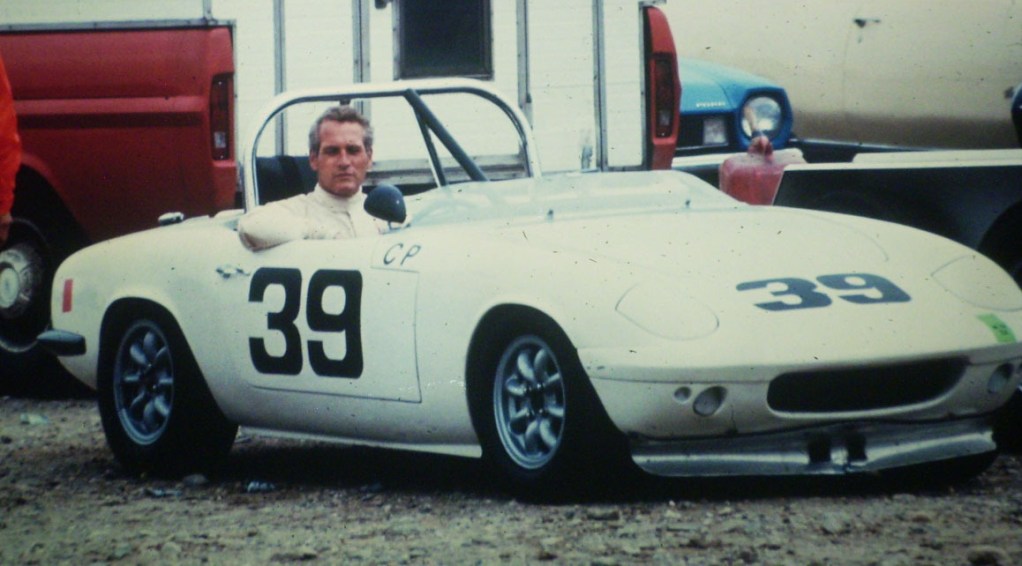
Peter Sellers
Peter Sellers and Britt Ekland with their Lotus Elan in 1964
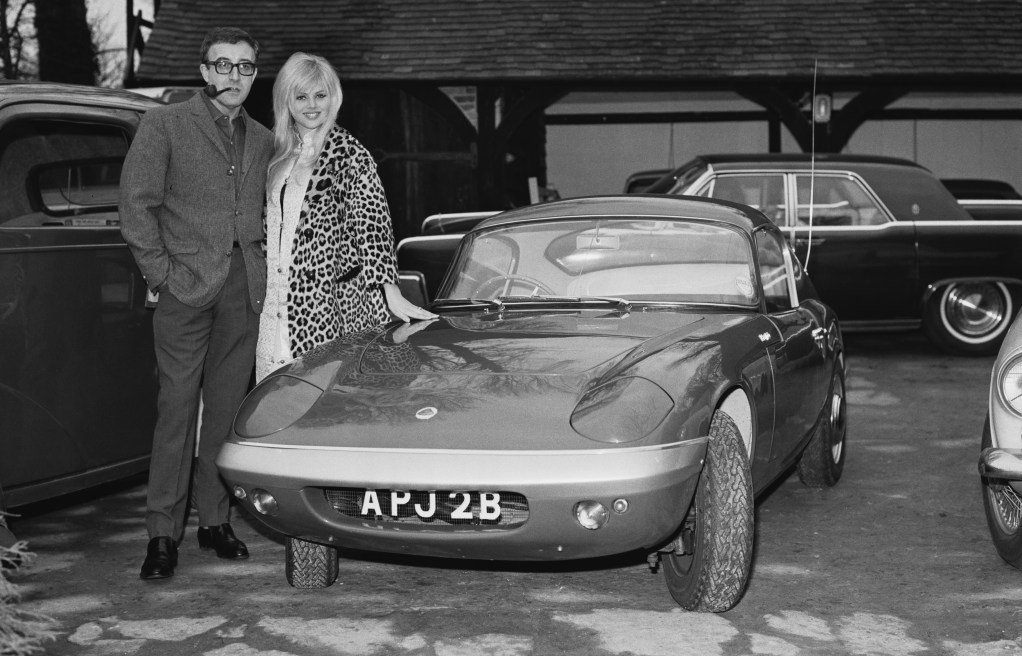
Jimi Hendrix
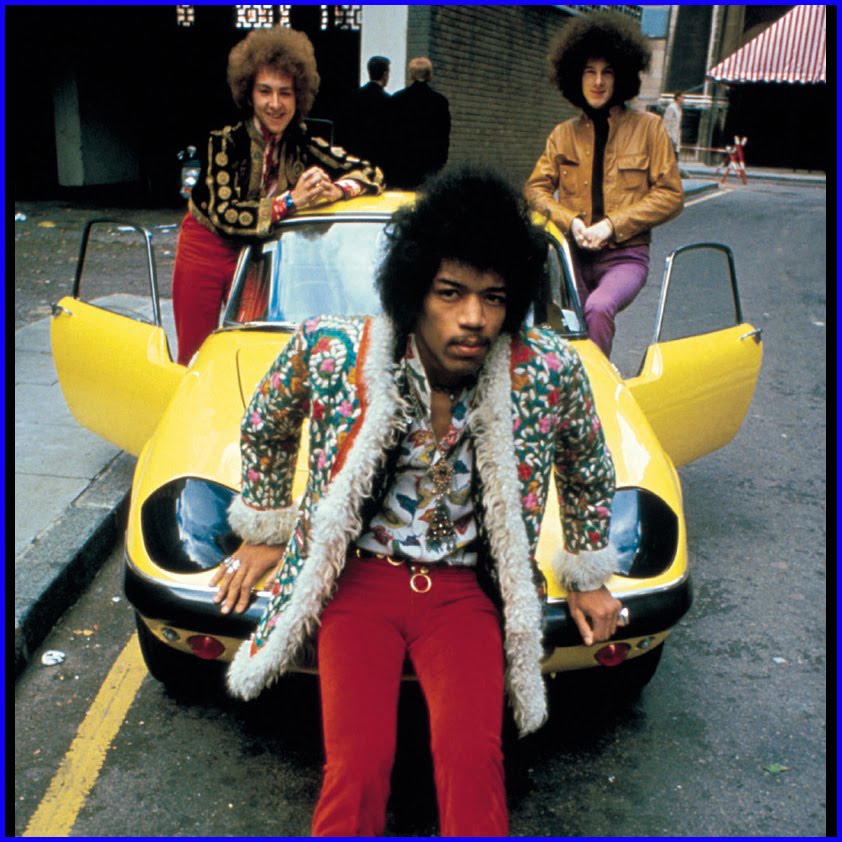
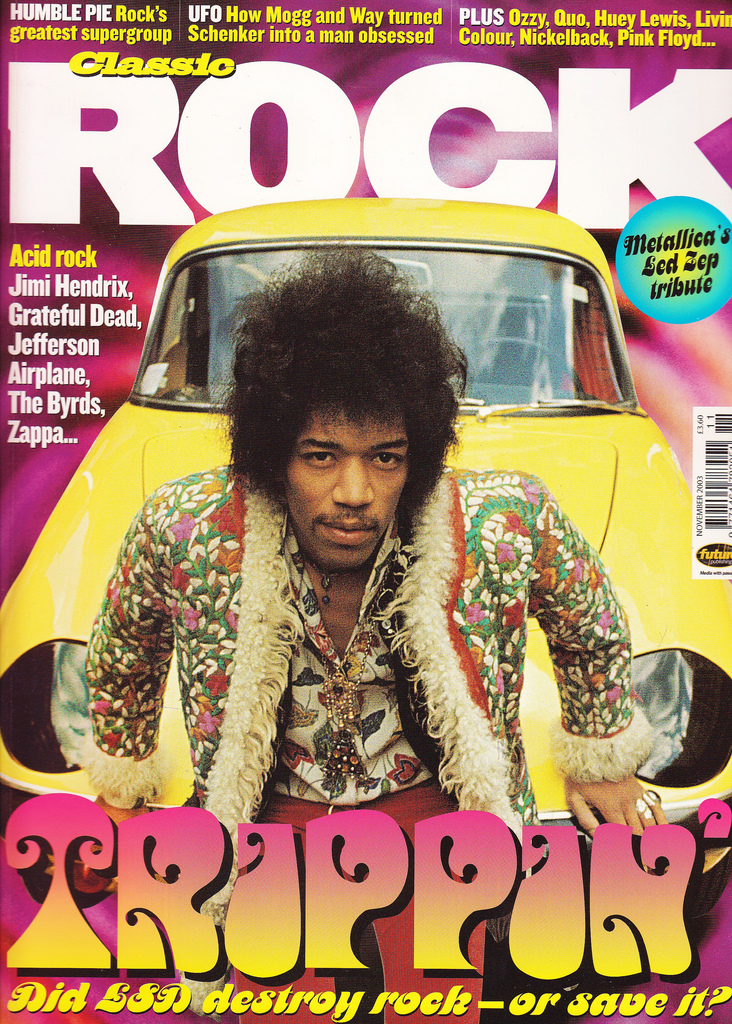
Jim Clark
